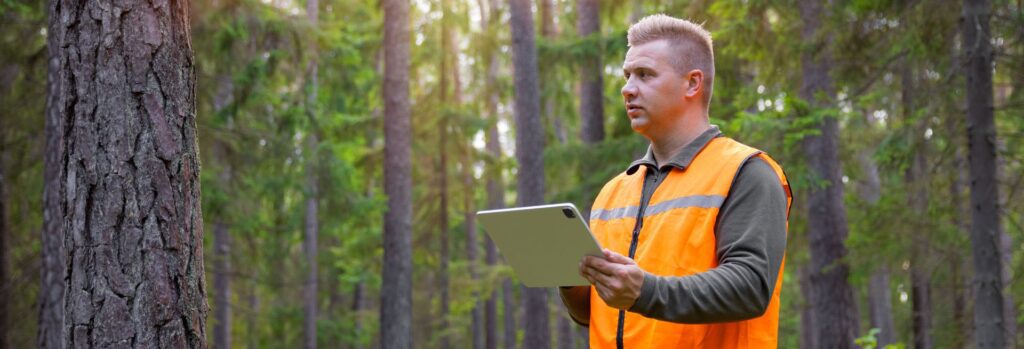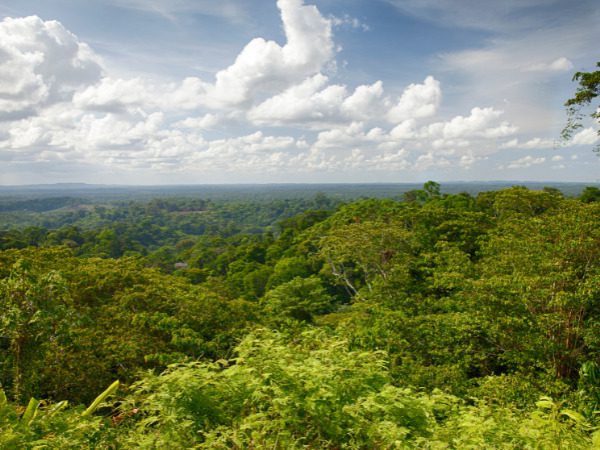The “clean label” trend in the food industry
The Clean label has transitioned from trend to a lifestyle placing pressure on the food and bever...

In 2023, Canada faces an unprecedented wildfire season. Discover how Forest Industry Grants aid in the aftermath and bolster sustainability and resilience in the forest sector.
2023 has witnessed a wildfire season of unparalleled magnitude in Canada. This season, marked by extensive devastation, has seen millions of hectares consumed by flames and is projected to persist with above-average activity well into late summer and autumn. The regions most affected include British Columbia, the Prairies, the Northwest Territories, and northern Ontario, where drought conditions have exacerbated the fire risk.
Federal data paints a grim picture, with over 5,500 reported fires so far, resulting in the destruction of approximately 13.4 million hectares of land. This statistic stands in stark contrast to the 10-year average of 2.2 million hectares burned annually.The scale of this disaster far surpasses the previous record set in 1989 when 7.6 million hectares were affected, and it is crucial to note that the wildfire season is far from its conclusion.
In response to this crisis, Forest Industry Grants have emerged as a vital source of support, offering assistance to affected communities and the decimated forests integral to Canada’s identity and economy. In this article, we explore the different Forest Industry Grants, their role in mitigating the aftermath of this devastating wildfire season, and the urgent need for collaborative efforts to safeguard our shared natural heritage. The Federal funding programs administered by the Canadian Forest Service play a crucial role in enhancing the Canadian forest sector’s resilience and competitiveness by diversifying forest products, markets, and processes.

Among these programs, the 2 Billion Trees initiative stands as a critical component of Canada’s commitment to planting two billion trees by 2030, contributing to the nation’s net-zero emissions goal by 2050. The ongoing call for proposals is open. The 2 Billion Trees program is one part of the Natural Climate Solutions Fund, which also includes:
There is the Early Intervention Strategy Small Scale Research program (up to 1 million dollars) which focuses on scientific research to address vital needs in spruce budworm management. Meanwhile, the Forest Innovation Program (FIP) supports early-stage innovation, fostering growth in Canada’s bioeconomy through investments in research, development, and technology transfer within the forest sector. Email the FIP team for more information and to join their mailing list.
Then, there is the IFIT (Investments in Forest Industry Transformation) program. Serving as a vital catalyst for fostering the adoption of groundbreaking technologies and novel products within Canada’s forest sector, effectively bridging the crucial chasm that often separates the development and commercialization phases. With a prominent focus on advancing innovation in the realm of the bioeconomy, IFIT is actively inviting Expressions of Interest (EOIs) for initiatives that elevate operational efficiency and elevate environmental performance within the forest sector. These encompass projects designed to reduce carbon emissions from industrial processes, optimize the utilization of wood resources, and harness underutilized wood sources for the production of renewable energy and sustainable bioproducts. IFIT’s overarching mission is to fortify the industry’s competitive edge, resilience, and ecological sustainability while simultaneously forging fresh avenues for revenue generation. Interested parties are encouraged to seize the current funding opportunity available until June 30, 2024.
Additionally, the Indigenous Forestry Initiative (currently closed) seeks to enhance the economic involvement and results for First Nations, Inuit, and Métis communities across Canada. This involves increasing Indigenous participation in forestry-related opportunities, businesses, careers, and governance. It also aims to promote greater engagement and economic development for Indigenous communities and individuals connected to the forest sector. Furthermore, the initiative strives to foster increased investment and collaboration between Indigenous groups and other stakeholders in natural resource development, including governments, industry partners, and non-governmental organizations.
The path toward a more sustainable, resilient, and profitable forest sector in Canada is significantly bolstered by government support. Through a range of comprehensive grant programs, these initiatives play a pivotal role in fostering innovation, diversification, and environmental stewardship within the forest industry. These collective efforts aim not only to safeguard our natural heritage but also to fortify the economic viability of the sector.
For further insights and details, we encourage you to reach out, as we continue to work together towards a brighter and more sustainable future for Canada’s forests.
Explore our latest insights
More arrow_forward
The Clean label has transitioned from trend to a lifestyle placing pressure on the food and bever...

The Industry 4.0 represents a blend of two industries: information technology and manufacturing. ...

Provincial governments are slowly unveiling their provincial budgets outlining fiscal strategies ...

Recently, Canadian representatives attended COP27 to discuss the actionable steps to implement to...